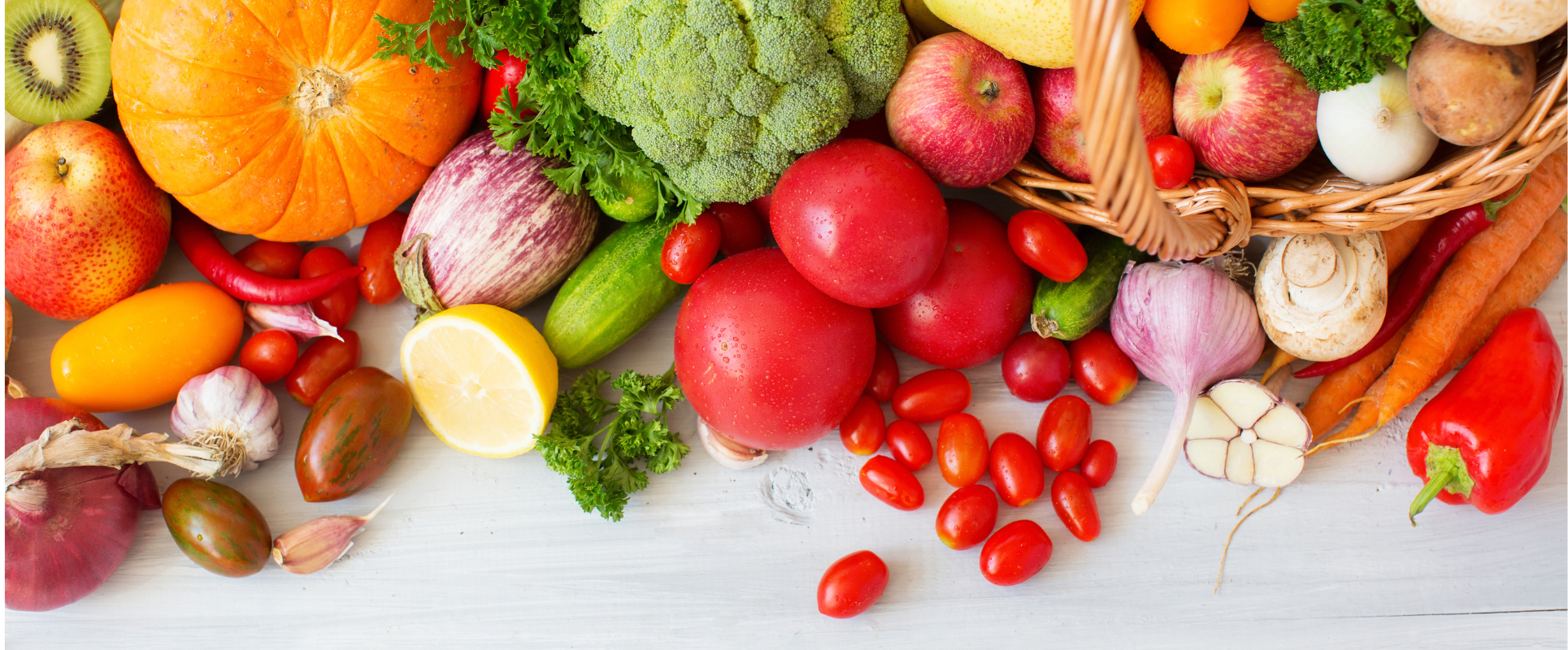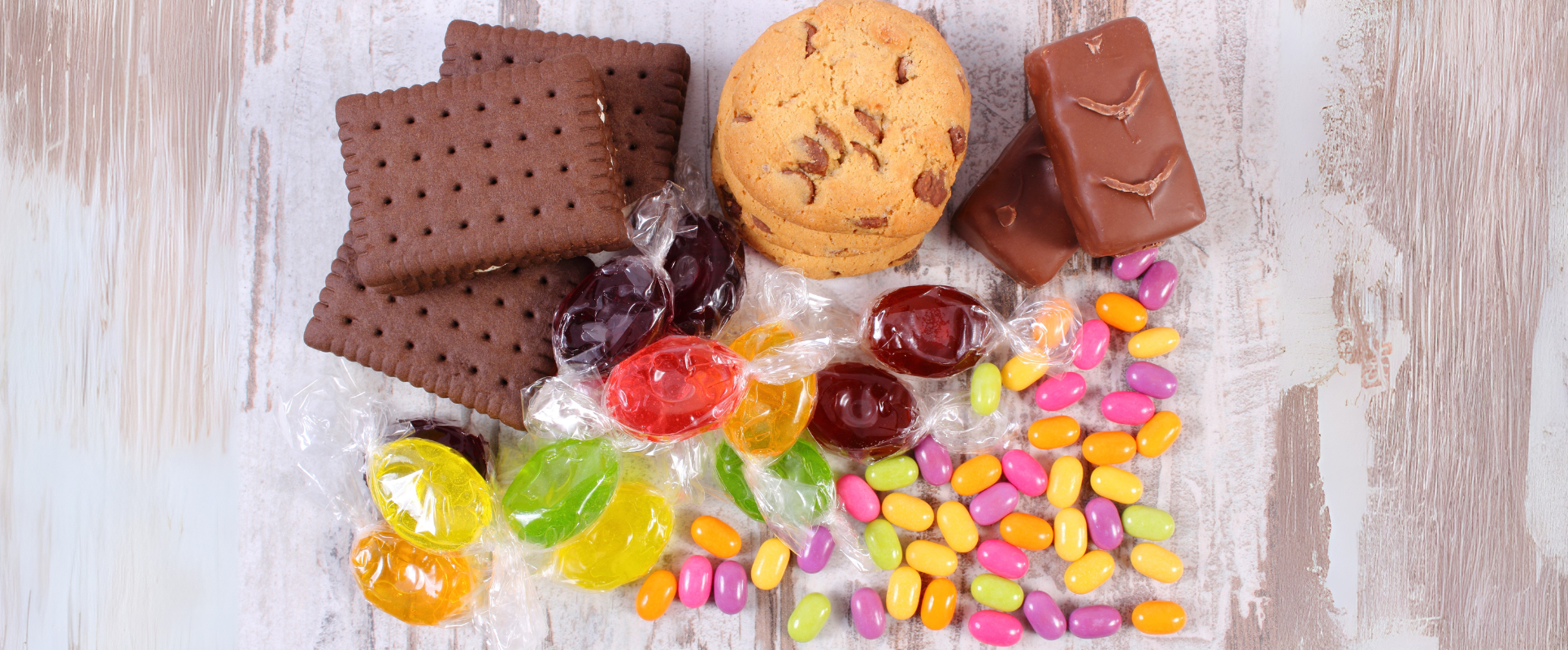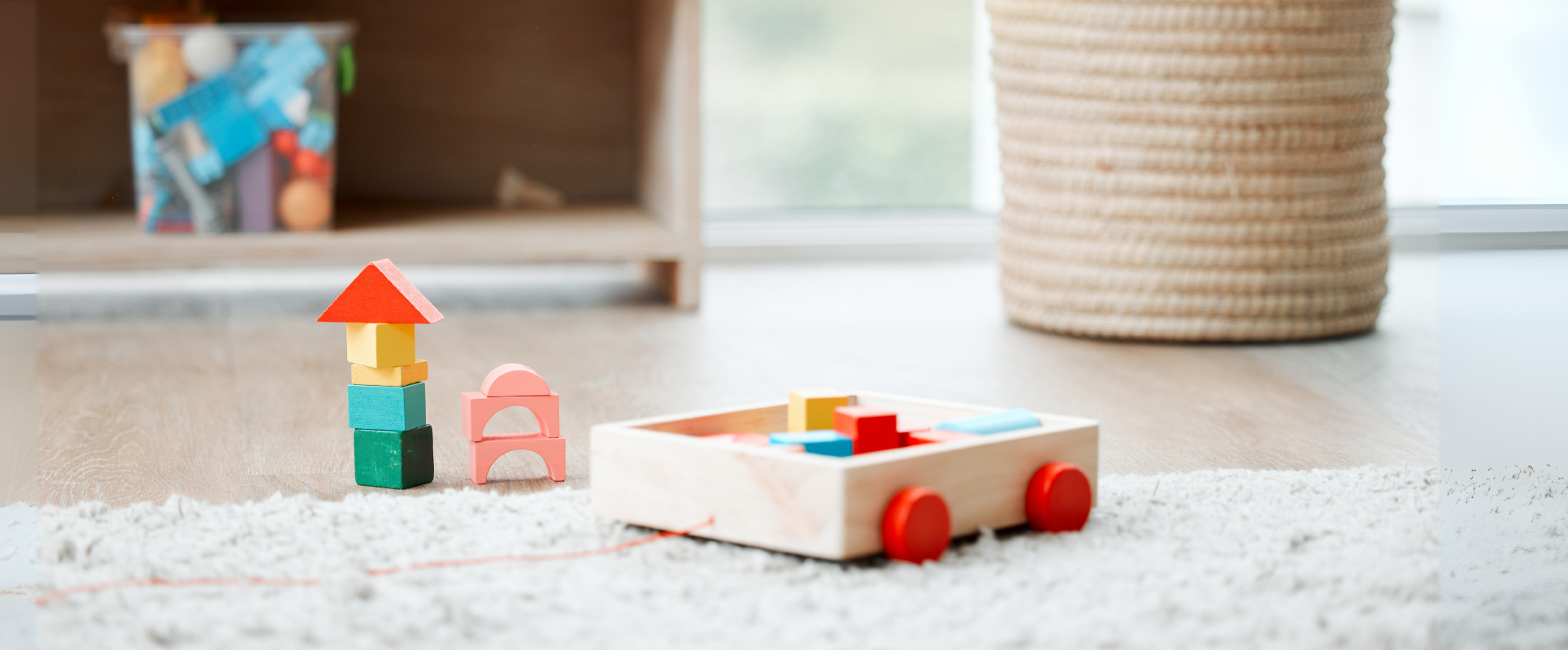
Foods to Support Digestion & Prevent Constipation in Young Children
Constipation in young children is a common concern for many parents. Understanding which foods help support digestion and soften stools, along with proper fluids and lifestyle, can make a big difference. This guide provides evidence-based advice, drawing from trusted medical sources and recent studies, to help you build meals that promote gut health, regular bowel movements and overall comfort for your little one.
What Causes Constipation in Young Children
To prevent constipation, first know what typically contributes to it:
-
Low intake of fibre or too many refined foods.
-
Not enough fluids (water, milk, soups). Fibre without liquid can make stool harder.
-
Sudden changes in diet (e.g. starting solids), lack of physical activity or withholding stool due to pain or fear.
Recognizing these causes helps you plan prevention strategies.
Key Nutritional Components That Help
Here are the nutritional factors/ food elements especially useful:
-
Dietary Fibre
Fibre adds bulk and helps soften stool. Two kinds matter: -
Soluble fibre (from fruits, oats, legumes) helps retain water and yields soft stool.
-
Insoluble fibre (whole grains, skins of fruits/vegetables) adds bulk and promotes movement.
-
Prebiotics & Probiotics
These help maintain a healthy gut microbiome, improve stool consistency, reduce transit time. Many studies show that probiotic preparations can relieve functional constipation. -
Adequate Hydration
Fluids are necessary so fibre can do its work; otherwise fibre can make constipation worse. Encourage water, soups, fruit juices (sparingly or diluted). -
Regular Physical Activity & Routine
Movement stimulates bowel motility; also having routine toilet times (e.g. after meals) can help.
Best Foods to Include
Here are specific child-friendly foods that help for digestion and prevention of constipation. You can use them in meals, snacks or even creative combinations:
|
Food Group |
Examples & Why They Help |
|---|---|
|
High-Fibre Fruits |
Pears (with skin), apples (with peel), berries (raspberries, strawberries), prunes/plums. These are rich in soluble fibre and sorbitol, aiding stool softness and motility. |
|
Vegetables & Greens |
Broccoli, carrots (cooked for younger kids), leafy greens (spinach, kale), peas. These supply insoluble fibre and water, helping bulk and pushing content through intestines. |
|
Whole Grains & Legumes |
Oatmeal, whole-wheat bread/pasta, brown rice, lentils, beans, chickpeas. Whole grains plus legumes give fibre and in many cases resistant starch which supports healthy gut flora. |
|
Prebiotic Foods |
Foods containing inulin, FOS (fructo-oligosaccharides), GOS (galacto-oligosaccharides): bananas, onions, garlic, leeks, asparagus, some whole grains. These feed the “good bacteria.” |
|
Probiotic Foods |
Yogurt with live cultures, kefir, fermented foods (depending on culture and safety). These can help restore bowel regularity. |
How to Introduce These Foods Safely & Effectively
-
Go gradually: Don’t introduce a lot of fibre suddenly; ramp up over days to avoid gas or discomfort.
-
Encourage fluids: Water, mild soups. Possibly diluted fruit juice (e.g. prune or pear juice) in small amounts.
-
Texture adjustments for age: For toddlers & young kids, cook fruits/vegetables until soft; avoid choking hazards. For older kids, raw textures may be okay.
-
Make meals appealing: Kids are more likely to eat fruit/veg if colourful, fun shapes, included in favourites. Use dips, smoothies.
-
Establish toilet routines: After meals, offer bathroom time; gentle encouragement. Ensure child isn’t avoiding stool due to fear or pain.
When to Seek Medical Advice
While diet helps most cases, consult a pediatrician if:
-
Constipation lasts more than 2 weeks and diet/lifestyle changes haven’t helped.
-
Child has stomach pain, vomiting, distension or blood in stool.
-
Weight loss or not growing well.
-
Possible medical conditions (e.g. thyroid, neurological issues).
Sample Daily Meal Plan
Here’s an example day designed for a toddler (age ~2-4) to support digestion and prevent constipation:
-
Breakfast: Oatmeal made with milk or water, topped with berries (raspberries, blueberries) + a small sliced pear with peel.
-
Mid-morning snack: Yogurt with live cultures + prunes or sliced applesauce.
-
Lunch: Brown rice + lentil or bean soup + steamed vegetables (carrots, broccoli).
-
Afternoon snack: Whole grain crackers with hummus; maybe mashed banana or a few slices.
-
Dinner: Whole-wheat pasta or whole grain bread, mixed veggies (spinach, peas), lean protein.
-
Before bed: Some water; ensure fluids throughout day.
EEAT & Trust: Why These Points Are Reliable
-
Based on guidelines from NIDDK (National Institute of Diabetes and Digestive and Kidney Diseases), Stanford Children’s Health, Children’s Hospitals & Clinics and peer-reviewed research on probiotics.
-
Practical, evidence-based tips that align with pediatric nutrition standards.
-
Advice emphasizes safety, age-appropriate textures and gradual diet changes.
Tips for Mobile Users & Voice Search Optimisation
-
Use natural language headings (“What foods help my toddler poop regularly?”) so voice assistants can parse answers.
-
Include short lists / bullet points: e.g. “Foods high in fiber: apples, pears, beans, oats …”
-
Answer the likely voice question at top: “Which foods can I feed my young child to prevent constipation?”
Conclusion
Preventing constipation in young children is largely about combining high-fiber, prebiotic and probiotic foods with plenty of fluids, regular movement and gentle routines. Small, consistent changes often work best: introducing fibre gradually, keeping the diet varied, and ensuring your child feels safe and comfortable using the toilet. When in doubt, involve a healthcare professional to rule out underlying issues.








